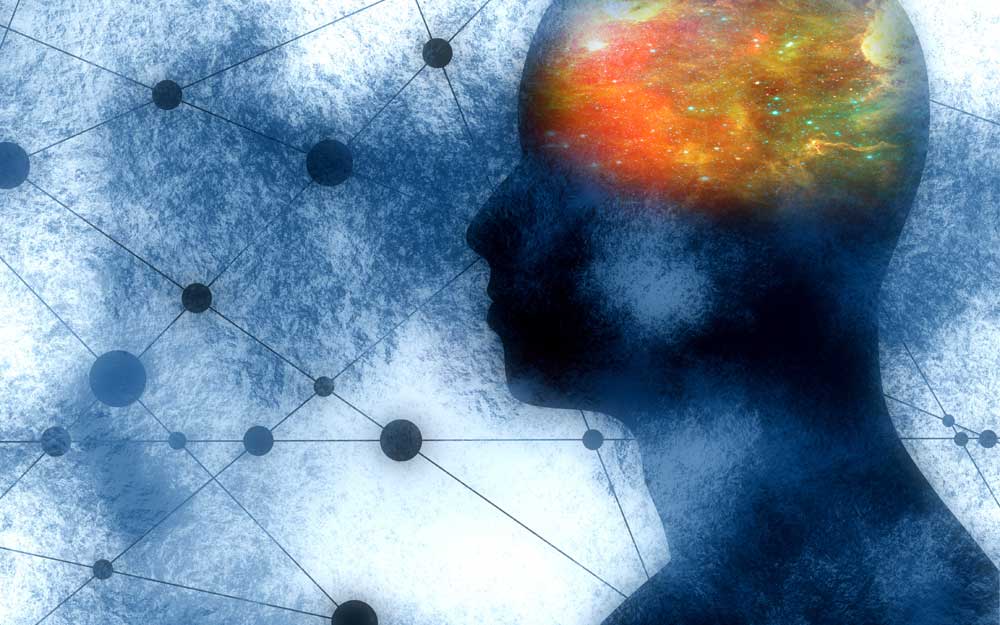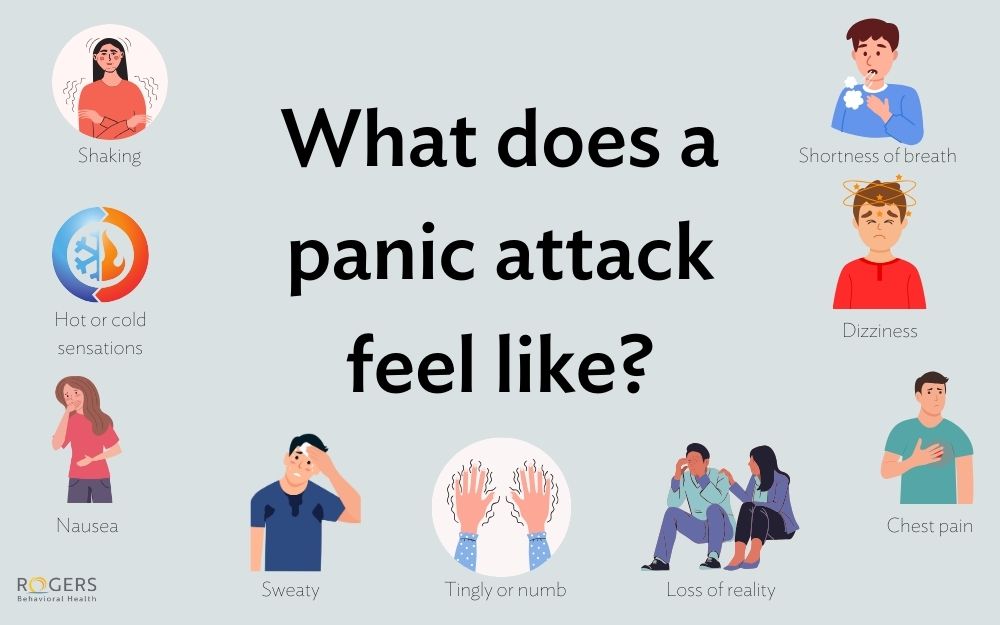CBT changes brain function
Posted on 10/22/18 01:37:pm
Share this article:
Anxiety is the most common mental health disorder in the U.S., affecting 40 million adults, and one in eight children according to the Anxiety and Depression Association of America.
Despite being highly treatable, about a third of those suffering from anxiety actually seek treatment.
For those who do, research shows cognitive behavioral therapy, or CBT, is highly successful.
What is CBT?
CBT is a learning-based treatment focused on changing how patients behave and how they think.
“You target the maladaptive thoughts and behaviors, and as a result, you are able to change the emotional outcome,” says Dr. Brad Riemann, chief clinical officer at Rogers Behavioral Health. “We're training people in skills that teach them to think differently and to behave differently, and as a result, they feel better.”
At Rogers a multidisciplinary team tailors CBT for each individual patient.
“It’s like a restaurant menu,” says Dr. Riemann. “There are a variety of different skills and depending on the diagnosis we may work with a patient on thought challenging skills, while another may need exposure and response prevention therapy known as ERP, and yet another may need social skills training. We are able to select skills off this menu to really create an individualized treatment plan to best meet the patient's needs.”
Not only does CBT help patients think and behave differently, it also affects how their brains function.
Changing your thinking makes changes in your brain
Researchers from the University of California, Los Angeles (UCLA) looked at positron emission tomography (PET) scans of patients with obsessive-compulsive disorder (OCD) who had received a component of CBT therapy known as “exposure and response prevention,” (ERP) which gradually desensitizes patients to things that provoke obsessional fears or worries while asking them to refrain from their typical compulsion. They were able to see changes in the part of the brain affected by OCD.
“If you take somebody with OCD whose brain is lighting up in those regions and you treat them with ERP, the results are evident on the scan and the affected brain areas are no longer lighted. CBT can help return the brain to one that is far more similar to someone who does not have OCD. We now have the physical evidence that CBT can change the way a person's brain is functioning and it can return it to a brain far more similar to someone who does not have OCD,” says Dr. Riemann.
Long-term impact
Extensive outcome data collected at Rogers shows that 81% of residential OCD patients participating in CBT reported a significant improvement in their anxiety symptoms.
“We conduct follow up studies with patients a year after treatment which show that gains are maintained, and in some programs, patients continue to improve,” says Dr. Riemann.
Rogers treats OCD and anxiety disorders in seven states across the country. Call 800-767-4411 to request a free screening.



